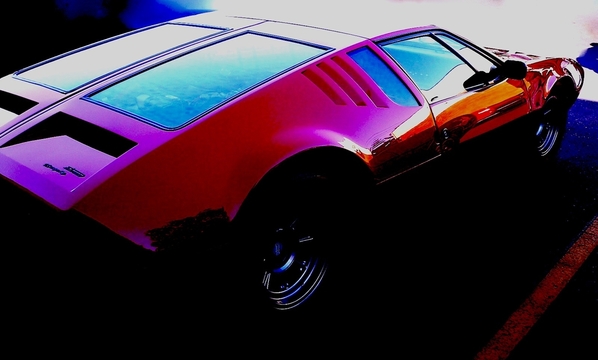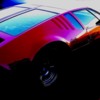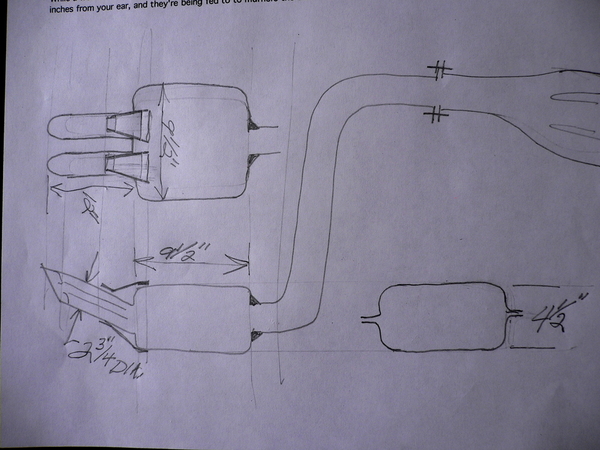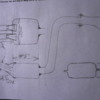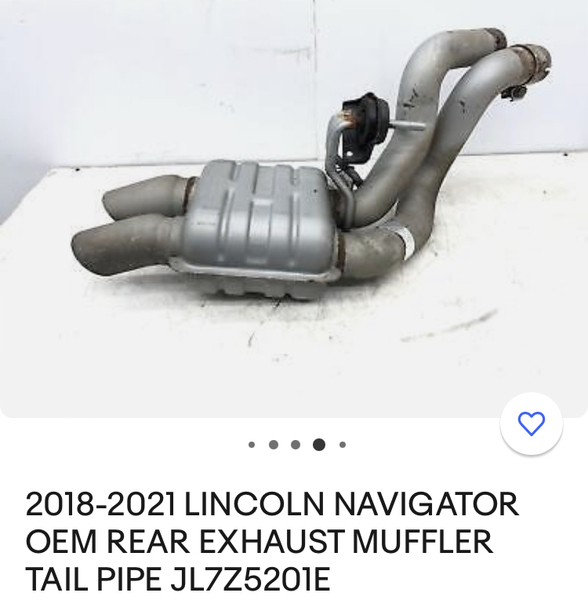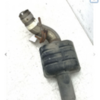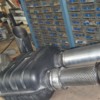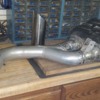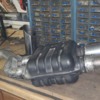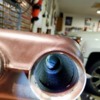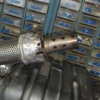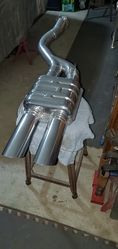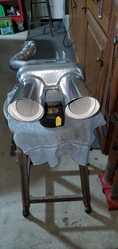I have had Pantera mufflers on my Mangusta / Corvette since 1972. Displacement is 350CI with 2.25" header pipe. They came off of a car that was being worked on at Ford R & D in Dearborn.
They were fine for about 35,000 miles and then I started to get the dreaded "drone" between 18 and 2,200 RPM where most of my driving is. I have a new set of what is available from Hall Pantera. I am worried about the return of the "drone" when I put them on.
Has anyone had that problem when putting a new set on a car?
DICK RUZZIN / 8MA670


